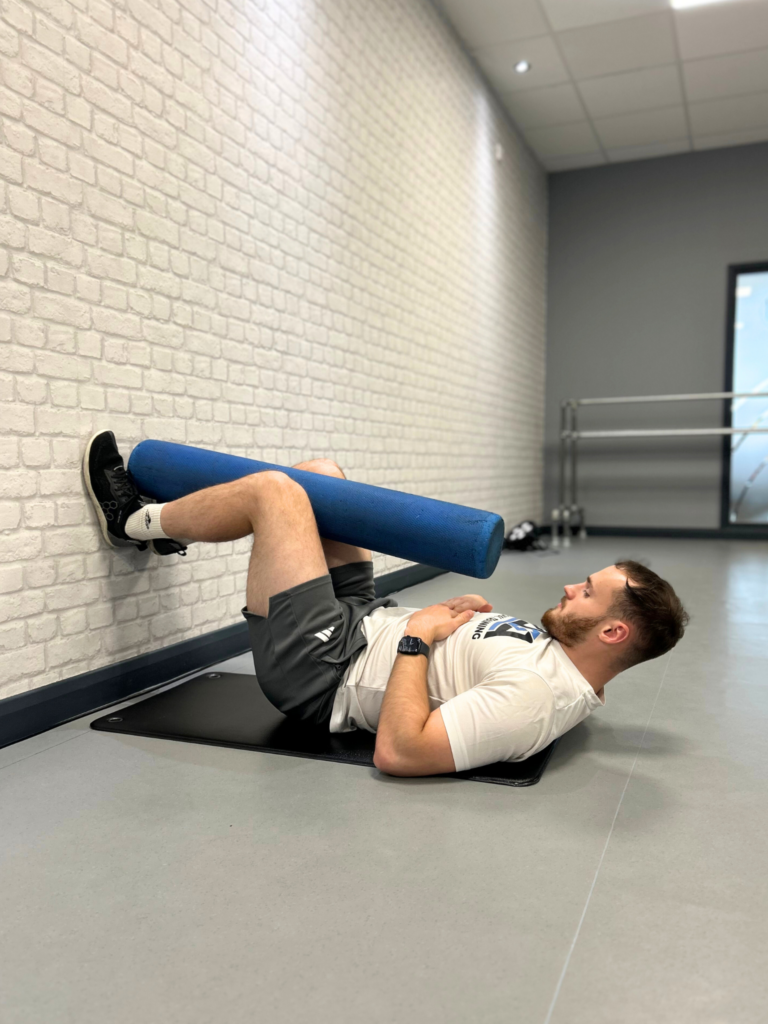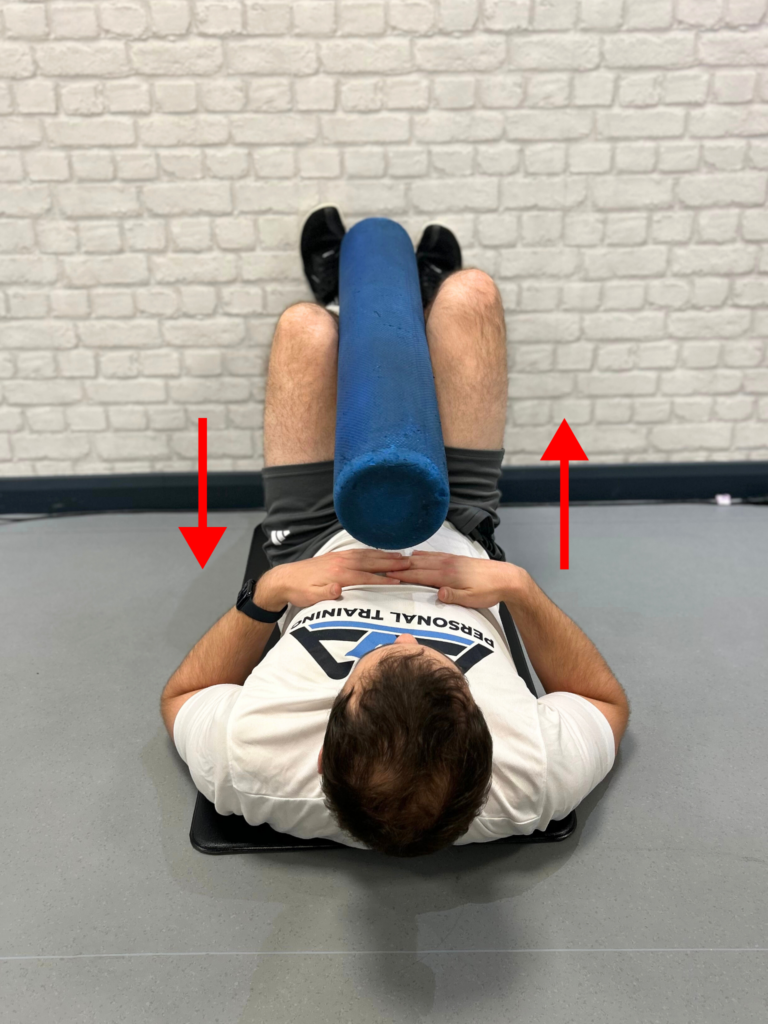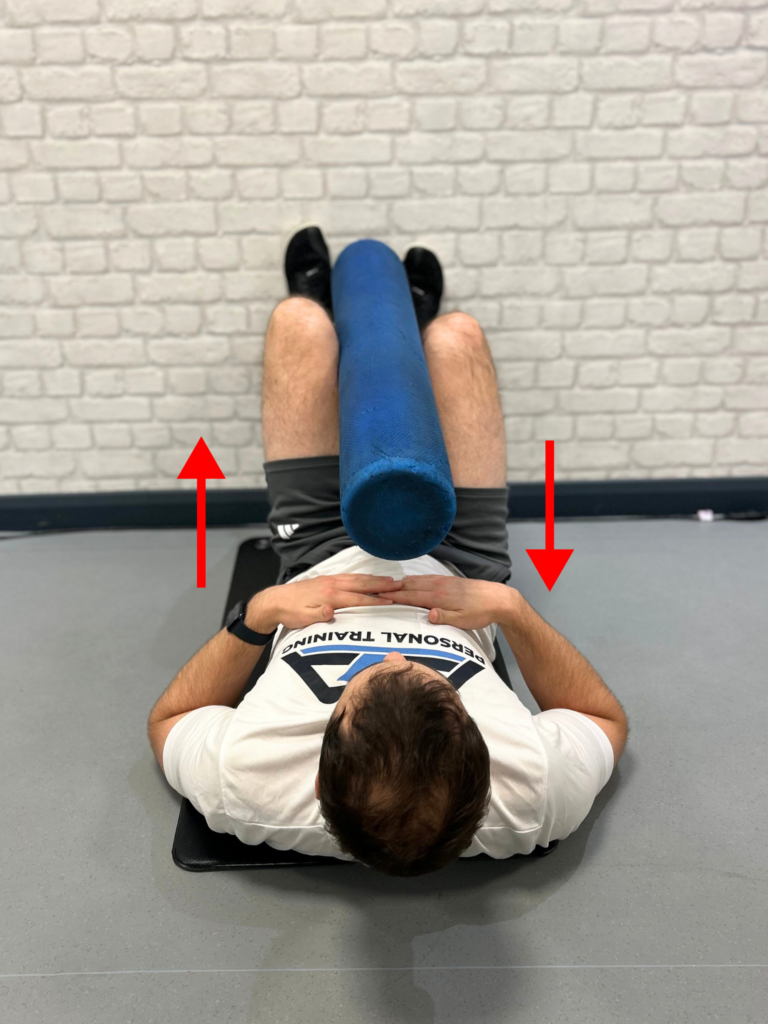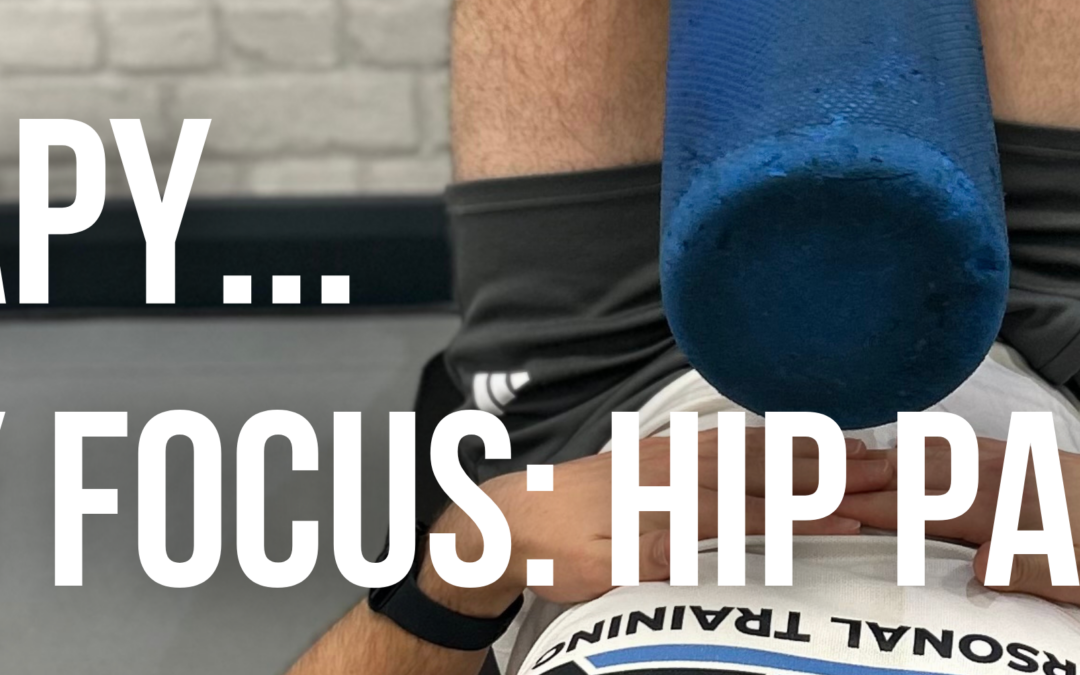The hip joint is one of the most vital components of our musculoskeletal system, playing a critical role in our ability to walk and run. Structurally, the hip joint is a ball-and-socket joint, where the head of the femur (thigh bone) fits into the acetabulum, a socket in the pelvis. This design allows for a wide range of motion while providing stability to support the body’s weight.
The primary muscles involved in hip function include the gluteal muscles (glutes), hip flexors, and adductors. The glutes, particularly the gluteus maximus, medius, and minimus, are the powerhouse muscles that control hip extension, abduction, and rotation. Tendons, which are the connective tissues that attach muscles to bones, such as the iliotibial band and the rectus femoris tendon, play crucial roles in stabilizing the hip during dynamic activities. Ligaments, such as the iliofemoral, pubofemoral, and ischiofemoral ligaments, reinforce the joint capsule, preventing excessive movement and providing additional stability.
Given the hip joint’s complexity, large range of motion and its constant use, it’s no surprise that hip pain is a common issue, especially among athletes, older adults, and those that sit down a lot throughout the day. If you’ve been experiencing hip pain and/or want to prevent it, you can address it with these effective strategies.
Strengthening the Glutes
Weak gluteal muscles are a significant contributor to hip pain. Of course, the glutes are the biggest muscle of the hip, contributing the most force during dynamic movements. When the glutes are underdeveloped or not functioning adequately, the body might compensate by placing excessive strain on other weaker structures around the hip, leading to pain and discomfort. Strengthening the glutes can help redistribute the load, enhance hip stability, and reduce pain.
Incorporating exercises like glute bridges and squats into your workout routine can significantly strengthen these muscles. Focus on progressively overloading these movements, so your body adapts and gets stronger and stronger. If your hip pain is so bad you can’t do these movements, use alternatives that allow for more control. This might include using a leg press, box squats to reduce the range of motion and banded clamshells.
Hip Mobility – “Lubricating” the Hips
Joint stiffness is another common cause of hip pain, especially in those who sit for long periods. To combat this, it’s important to keep the hips “lubricated” through mobility exercises that maintain or improve the hips range of motion or get blood flow to the affected areas. Stretching can be great, however sometimes fighting tightness with tightness can be counterintuitive and will not work for some people. One effective exercise to “lubricate” the hip joint without static stretching is the 90/90 hip roll using a foam roller.



The Monkey Feet Technique
Everyone has their own walking pattern, referred as our “gait’’. People with lots of hip pain will often “guard” their affected hip by adjusting how they walk or run. Improper gait mechanics performed consistently over time can exacerbate hip pain. One unconventional method (that I personally have found has helped a lot) to help you with your walking pattern and that might help relieve pain as you move is the “Monkey Feet” technique. This technique involves consciously engaging the muscles in your feet, calf and glutes.
When you are about to “heel strike” and initiate a step with one leg, “imagine” bracing with your glutes (so contract them), it should almost feel slightly spongey, like you’ve got suspension on your legs. As your foot progresses onto the midfoot and toes, try gripping the floor with your toes, engaging your glute muscle and propelling yourself forward with your calf muscles. Of course this may not instantly solve your hip problems, however it is a positive daily habit which you can incorporate anytime/whenever. It will likely help you massively over time.
The hip joint is a complex structure made up of bones, muscles, tendons, and ligaments that work together to facilitate and support movement. When any part of this system is compromised, hip pain can occur, affecting your ability to move comfortably. By focusing on strengthening the glutes, improving joint mobility and lubricating the joint with exercises like 90/90 hip rolls, as-well as using the Monkey Feet technique, you can alleviate hip pain and enhance mobility. Implementing these strategies into your gym routine and daily life can help improve hip health, allowing you to move with greater ease and less discomfort.
For any further help with hip pain or helping to implement these speak to one of the team!

